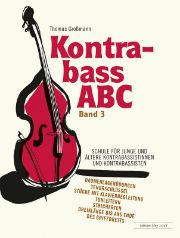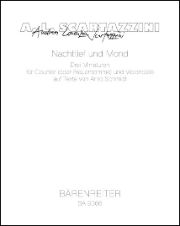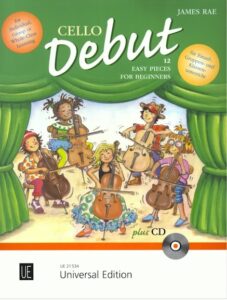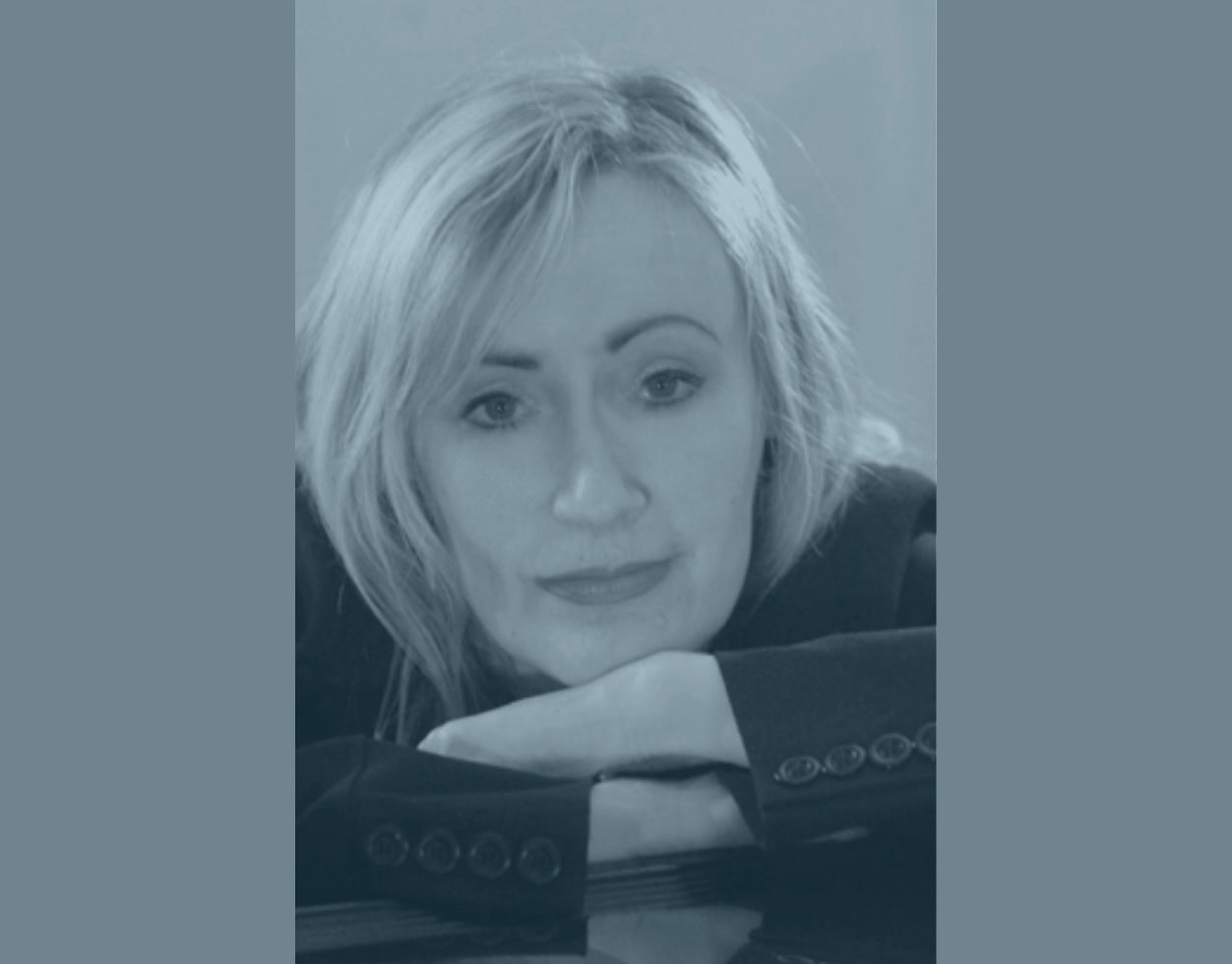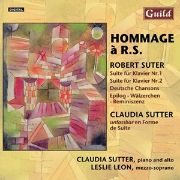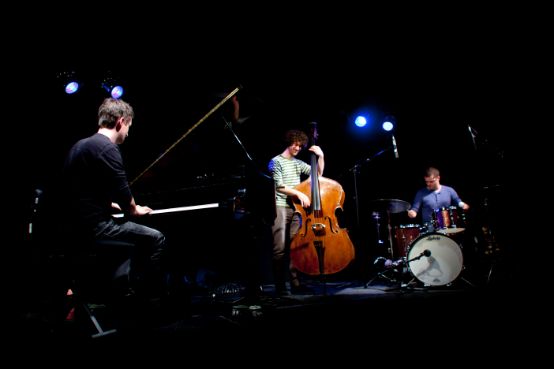Heinz Röthlisberger, Project Manager in the General Secretariat of the Department of Education, will take over the interim management of the Canton of Berne's Office for Culture from February 1, 2013. The German Cultural Promotion Department in the Canton of Bern will be headed by Lukas Vogel, Project Manager for the Revision of the Cultural Promotion Act, from January 1, 2013 until the position is filled.
Heinz Röthlisberger is currently in charge of the "New financing of elementary school" and "ERZ portal" projects. He will retain responsibility for both projects during the interim management of the Office of Culture.
Lukas Vogel has been working at the Office for Culture as project manager for the total revision of the Culture Promotion Act since April 1, 2010. Before that, he was Head of the Office for Culture in the Canton of Nidwalden for eleven years.
The head of the Cantonal Office for Culture, Anita Bernhard, resigned from her position at the end of October 2012 with effect from the end of March 2013. She will leave the Directorate of Education in mid-February 2013. Barbara den Brok, Head of the German Cultural Promotion Department, also resigned at the end of October 2012.






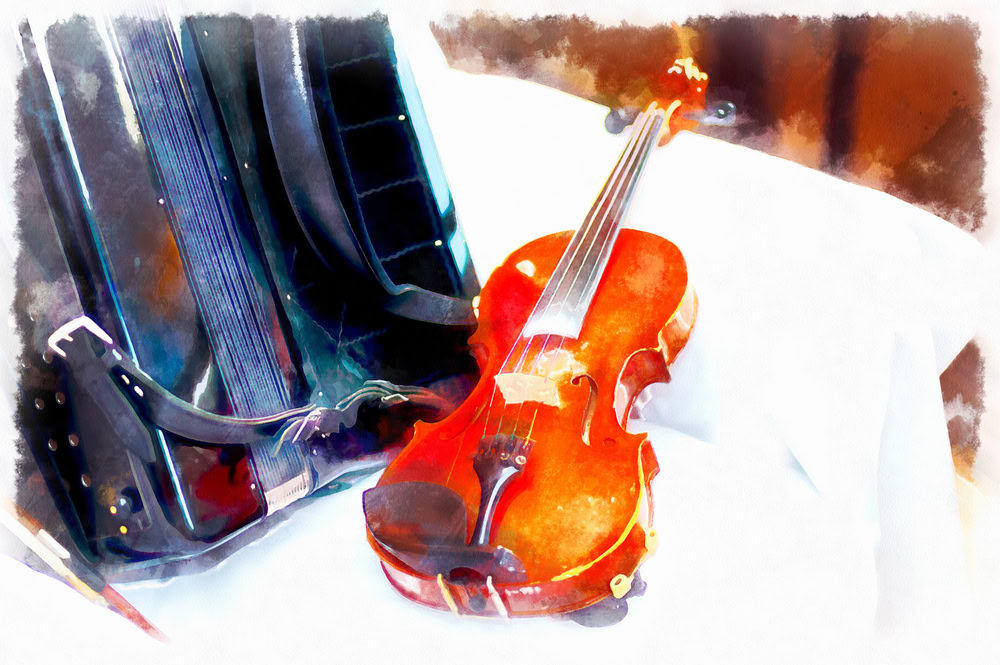
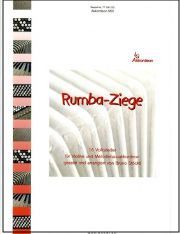
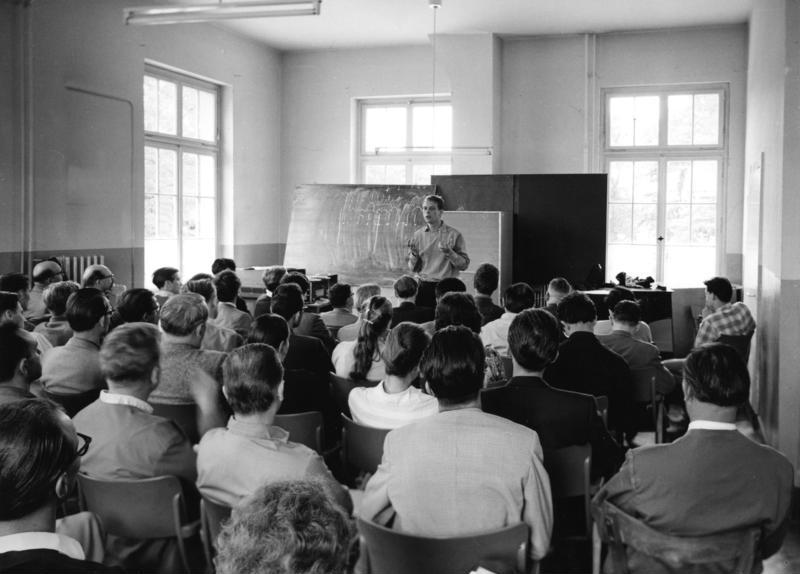
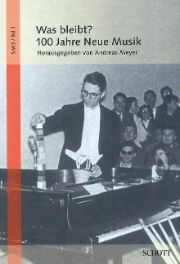

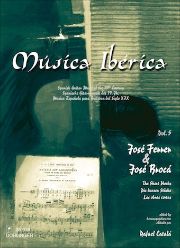
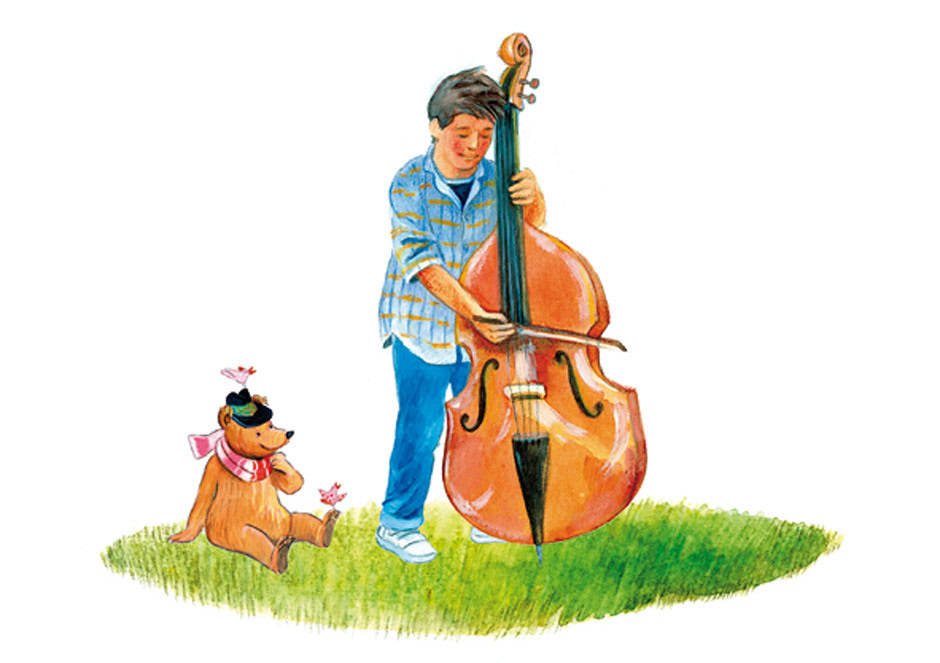
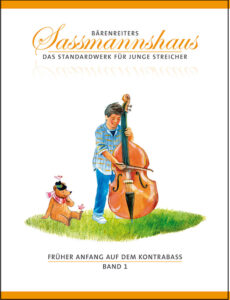 Bärenreiter's Sassmannshaus, Early Beginnings on the Double Bass, edited by J. Peter Close and Holger Sassmannshaus; Volume 1, BA 9660; Volume 2, BA 9662; Volume 3 BA 9663; € 14.50 each, Bärenreiter, Kassel 2012
Bärenreiter's Sassmannshaus, Early Beginnings on the Double Bass, edited by J. Peter Close and Holger Sassmannshaus; Volume 1, BA 9660; Volume 2, BA 9662; Volume 3 BA 9663; € 14.50 each, Bärenreiter, Kassel 2012
